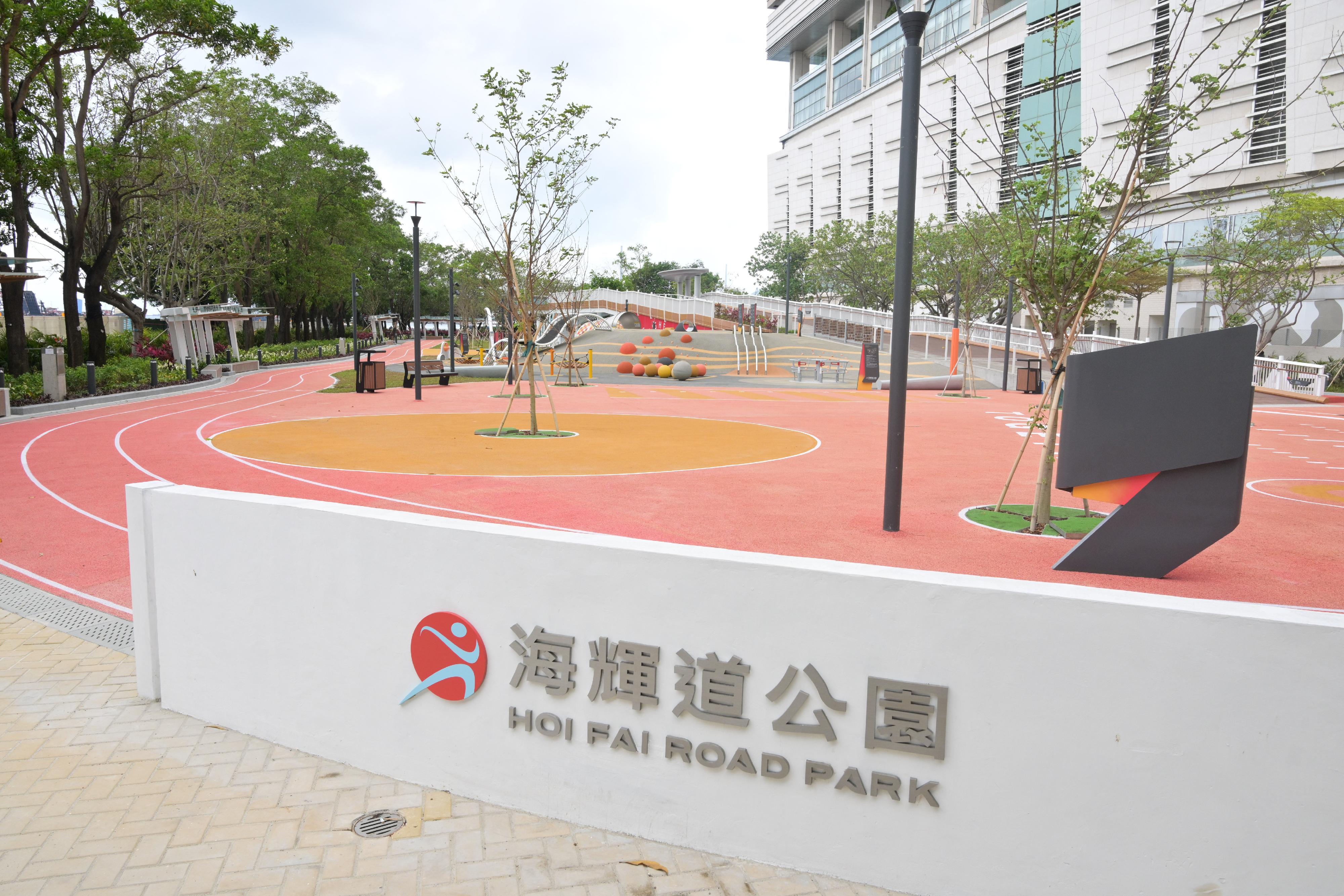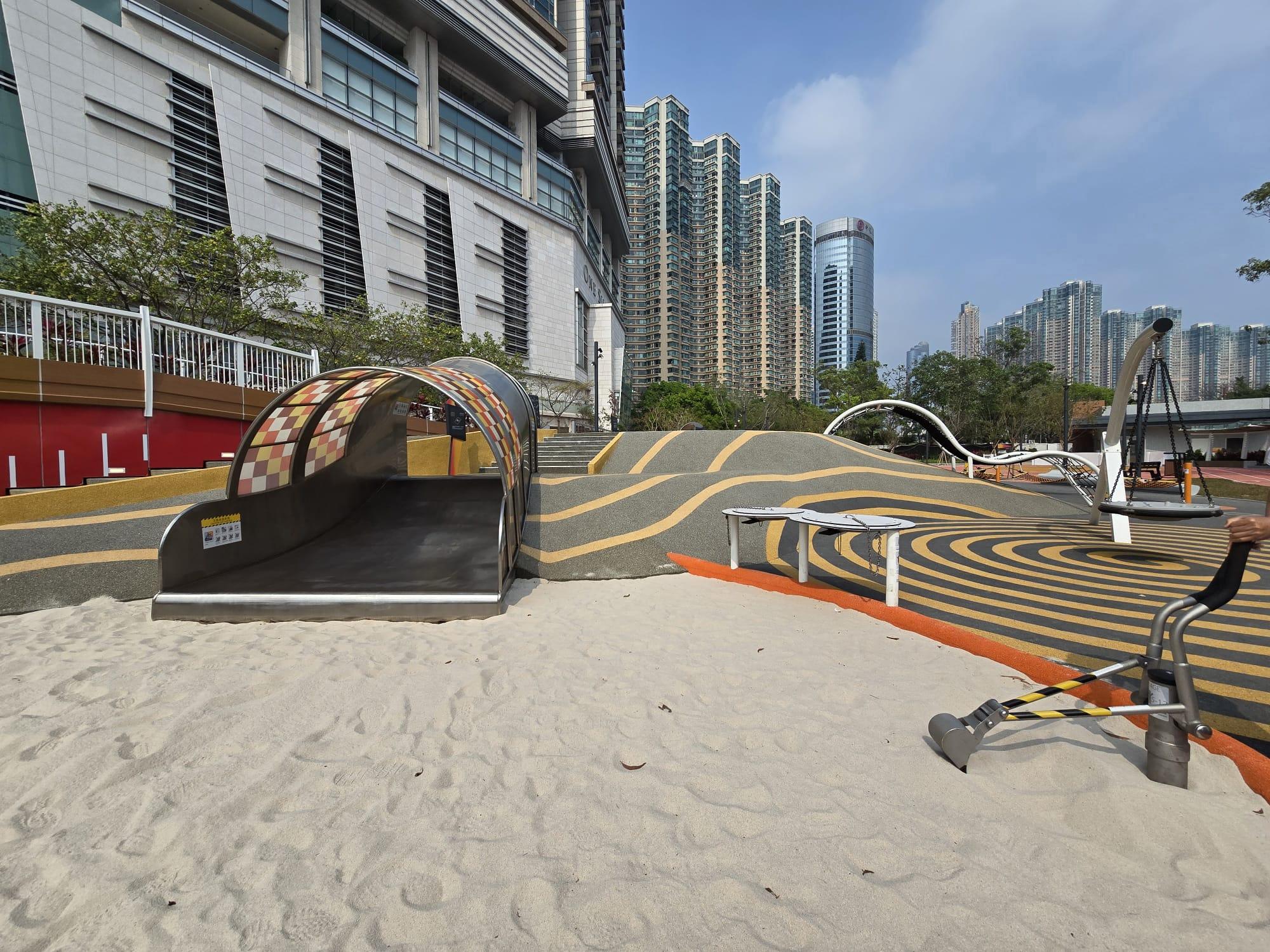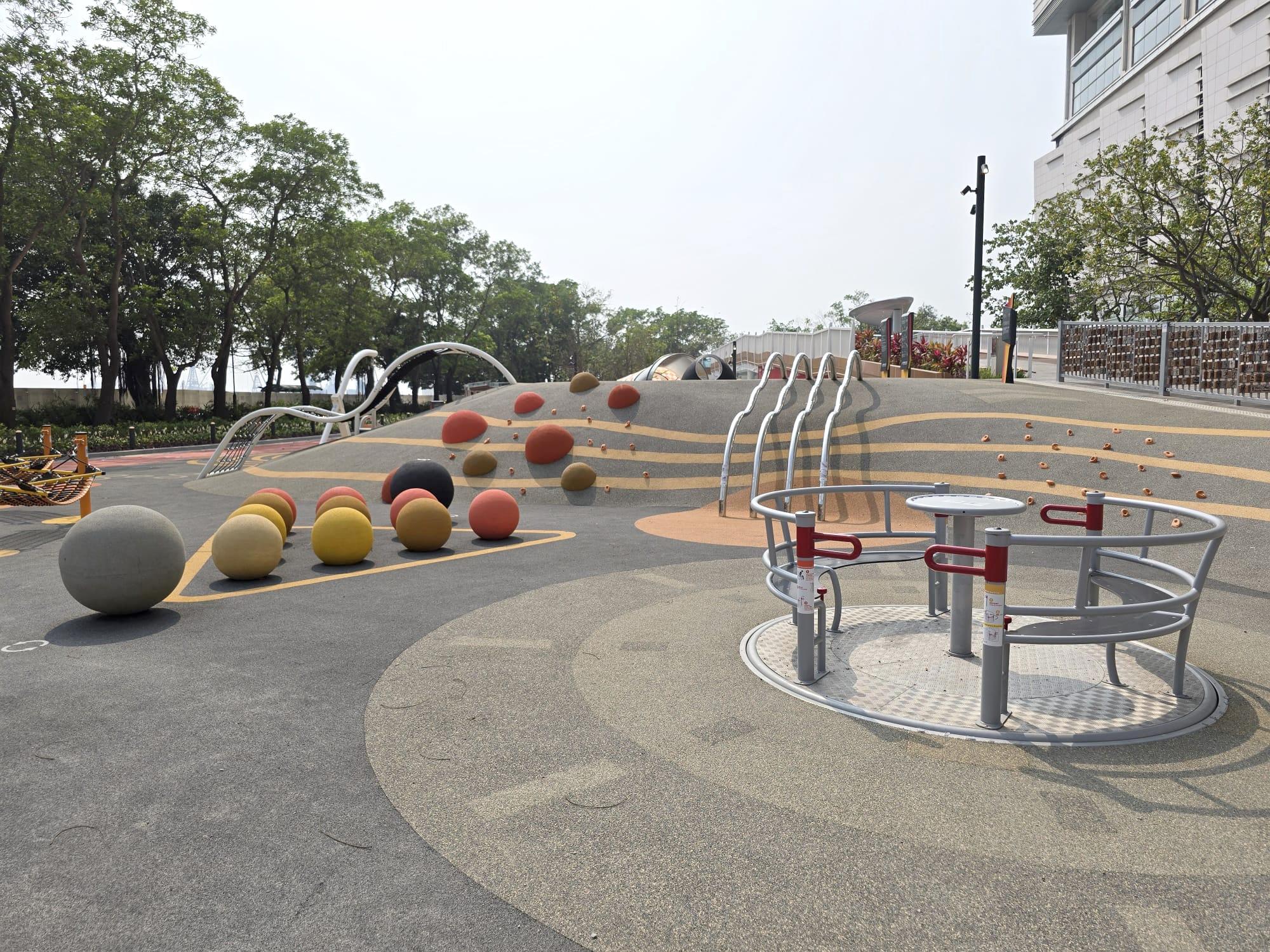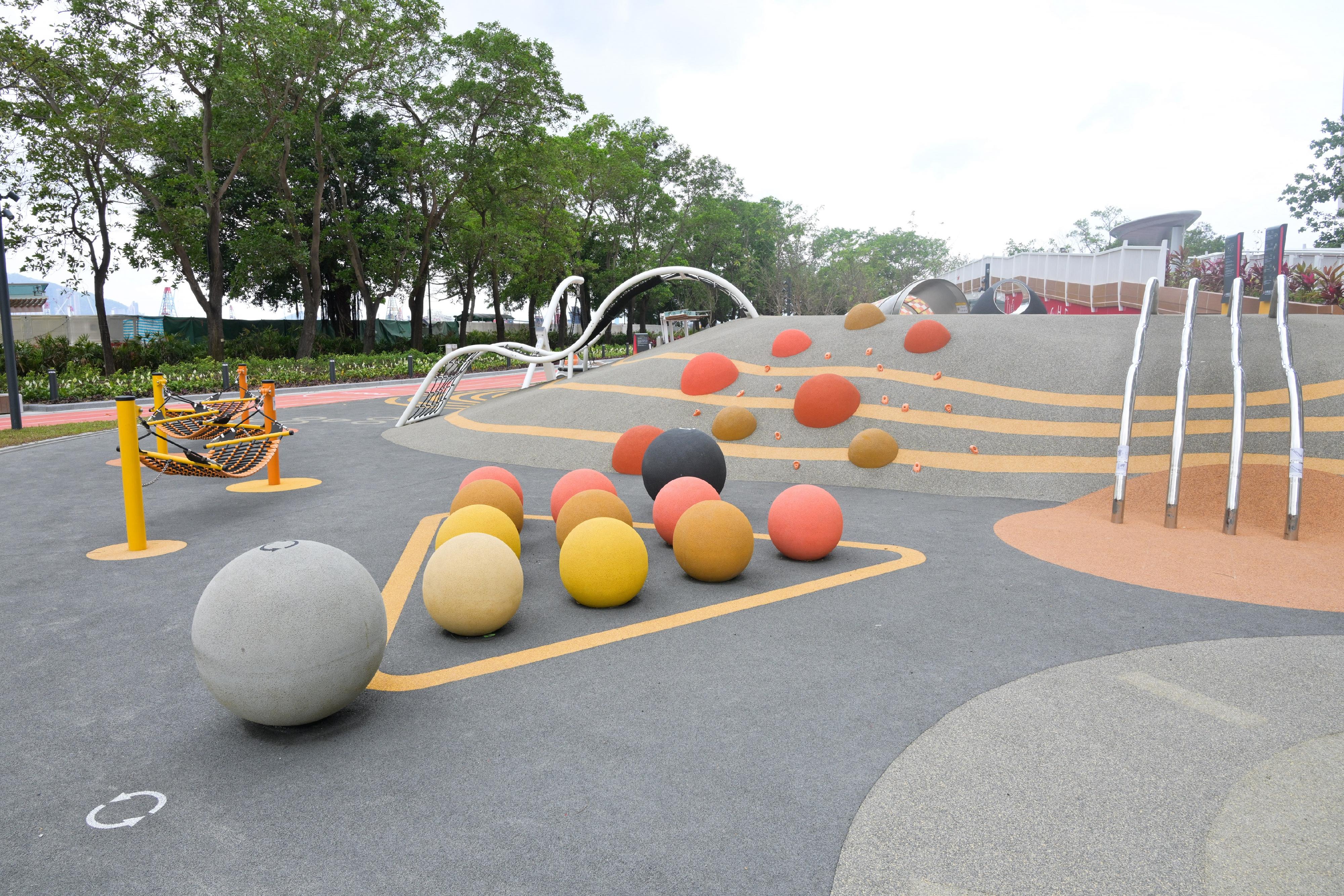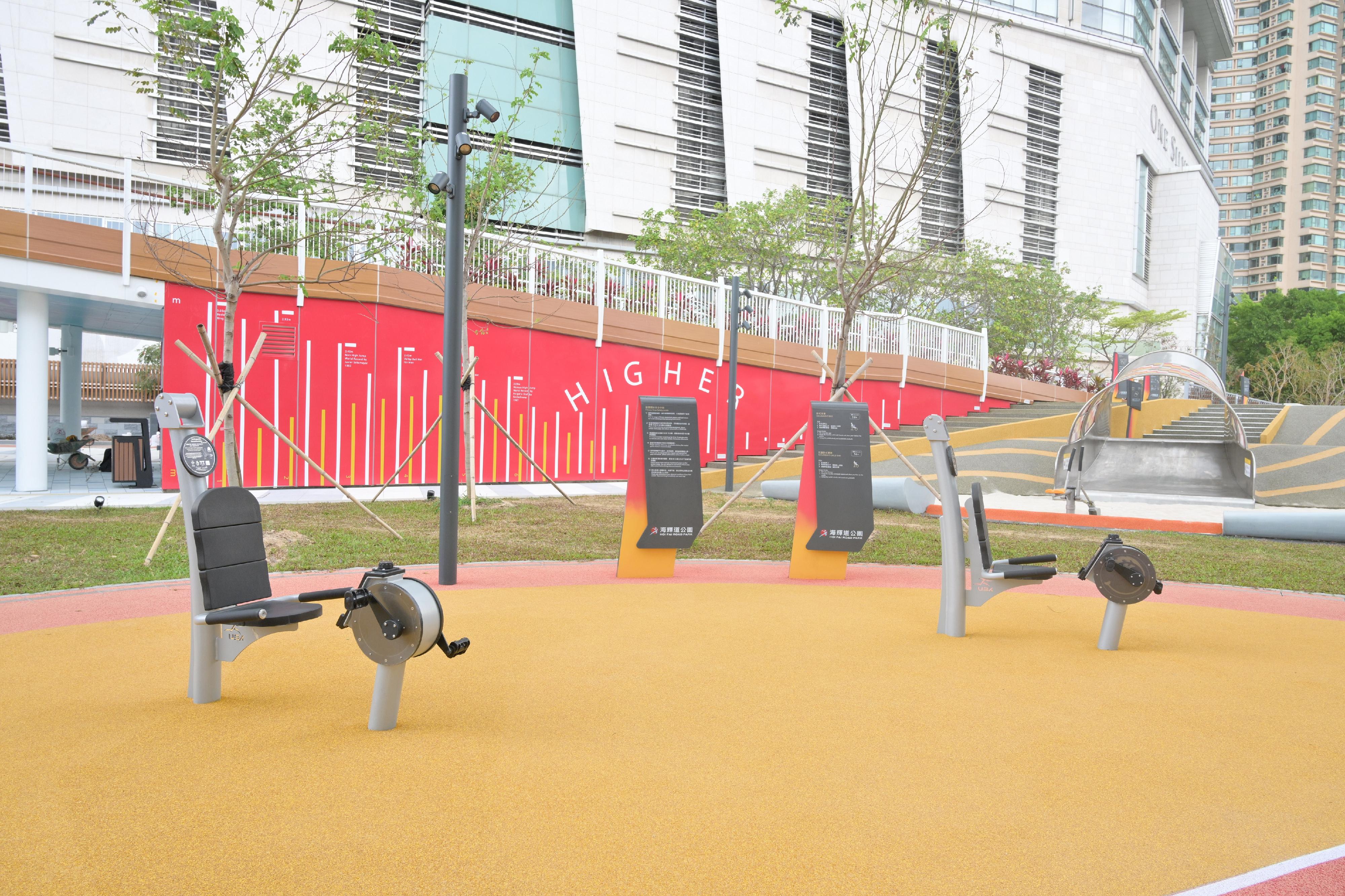LCQ1: Measures to dovetail with enhanced passenger and cargo handling capacities of airport
Following is a question by the Hon Frankie Yick and a reply by the Acting Secretary for Transport and Logistics, Mr Liu Chun-san, in the Legislative Council today (April 10):
Question:
It is learnt that the Airport Authority Hong Kong (AAHK) aims to complete the Three-Runway System at the Hong Kong International Airport (HKIA) within this year, to be followed by the progressive commissioning of the relevant facilities in phases, and it is expected that from 2035 onwards, HKIA will be able to handle 120 million passenger trips and 10 million tonnes of cargo annually. In this connection, will the Government inform this Council:
(1) given that HKIA’s passenger and cargo handling capacities will be enhanced significantly, of the Government’s specific measures in place to attract more airlines to set up their base in Hong Kong and launch more routes plying to and from Hong Kong, so as to strengthen Hong Kong’s aviation network;
(2) of the measures in place to ensure sufficient support personnel at HKIA, including ground crews, baggage handlers, aircraft maintenance mechanics, catering service personnel, etc., to cope with HKIA’s passenger and cargo handling capacities which will be enhanced significantly; and
(3) as there are views pointing out that the fees charged by HKIA are high relative to those charged by the airports in neighbouring regions, thus undermining the competitiveness of Hong Kong’s air cargo industry, whether the Government will request AAHK to conduct a comprehensive review to see if there is room for downward adjustment of HKIA’s current fee levels; if it will, of the details; if not, the reasons for that?
Reply:
President,
Hong Kong is an international aviation hub. This positioning is recognised in the National 14th Five-Year Plan and the Outline Development Plan for the Guangdong-Hong Kong-Macao Greater Bay Area. To cater for the long-term air traffic demand and to enhance the passenger and cargo capacity, the Airport Authority Hong Kong (AA) is developing the Three-Runway System (3RS) at Hong Kong International Airport (HKIA). The third runway was commissioned in 2022 as scheduled and the target is to commission the 3RS by the end of this year. The AA will open relevant passenger facilities by phases in light of the passenger traffic demand. The expanded HKIA will be able to handle 120 million passengers and 10 million tonnes of cargo per year from 2035 onwards.
In this connection, the Government and the AA have launched a series of measures to implement national strategies and to enhance the long-term competitiveness of Hong Kong’s aviation industry. My reply to the question raised by Hon Frankie Yick is as follows:
(1) At present, there are about 120 airlines operating flights between HKIA and some 180 destinations worldwide, with the number of destinations at about 80 per cent of the pre-pandemic level. The daily passenger throughput and the number of flight movements have recovered up to about 80 per cent and 90 per cent of the pre-pandemic levels respectively. As for cargo, HKIA remained as the world’s busiest cargo airport in 2022 and we are confident in maintaining this position in 2023.
Leveraging the opportunities brought by the 3RS and our country’s support of the “Air Silk Road”, the Government will focus on the current major routes and routes along the Belt and Road with potential, including destinations in Europe, Africa, South America and Asia, negotiate and enhance air services agreements and strengthen aviation services between Hong Kong and these regions. While local airlines are actively resuming their services, they are also launching new routes. The Transport and Logistics Bureau (TLB) encourages them to enhance their services in response to market demand and in line with our country’s development strategies. The AA has also been discussing with non-local airlines to launch and increase flights to and from Hong Kong, as well as working with relevant parties to step up publicity efforts so as to boost the demand for travel to Hong Kong for leisure and business purposes.
We also seek to expand HKIA’s service catchment in the Guangdong-Hong Kong-Macao Greater Bay Area (GBA). On the passenger side, the AA has built the SkyPier Terminal, introduced the “Fly-Via-Zhuhai-HK” passenger service, and set up city terminals in the GBA to make it more convenient for passengers from the GBA to use HKIA for overseas travel. On the cargo side, the AA is working with Dongguan to develop the sea-air intermodal cargo transshipment mode and will actively pursue the provision of cold-chain cargo services in the logistics park set up in Dongguan. The AA will also join hands with Zhuhai to develop international cargo business.
In addition, in respect of international air cargo services, the TLB is flexibly approving applications from airlines to operate additional flights, having regard to their operational needs and market demand. On hardware, following the opening of the DHL expanded hub and Cainiao Smart Gateway last year, together with United Parcel Service’s new hub facility to be completed by 2028, HKIA by then will be able to handle a total of about 9 million tonnes of cargo each year. The AA will continue to actively attract international cargo forwarders and major global retailers to set up their Asian aviation logistics base in Hong Kong.
(2) In terms of manpower, the Government established the Maritime and Aviation Training Fund in 2014 and supported the AA to set up the Hong Kong International Aviation Academy in 2016 to promote the professional development of the aviation industry and attract more young people to join the industry. At the same time, in collaboration with the airport community, the AA has been actively enhancing the working environment and welfare of practitioners, as well as applying technology and smart techniques in airport services to reduce the pressure on manpower. To support the continual recovery of air traffic after the pandemic, in addition to active local recruitment by the industry, the Government launched a labour importation scheme –specific to the aviation industry in July last year. Regarding the manpower demand after the commissioning of the 3RS, the AA will conduct a fresh round of airport manpower survey this year to review the manpower situation of the airport community.
(3) As for airport charges, an independent international consultancy renowned in the aviation industry conducts a review on the charges of major international airports annually. In the 2023 report on such review in which around 50 major international airports were covered, HKIA’s overall airport charges ranked in the mid-tier and were generally lower than many hub airports in Asia and beyond, including London Heathrow Airport, Singapore Changi Airport and Osaka Kansai Airport, etc. Moreover, we believe that airlines and different service providers at HKIA do not only compare charges, but also seek to achieve cost-effectiveness. The AA will continue to closely monitor market development and regularly review airport charge levels. read more


